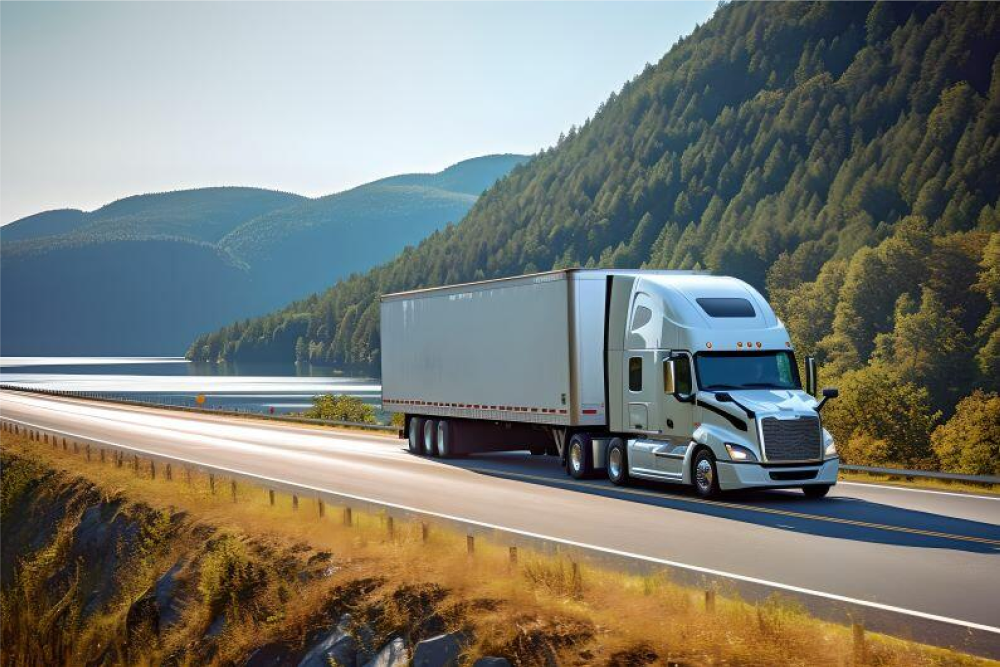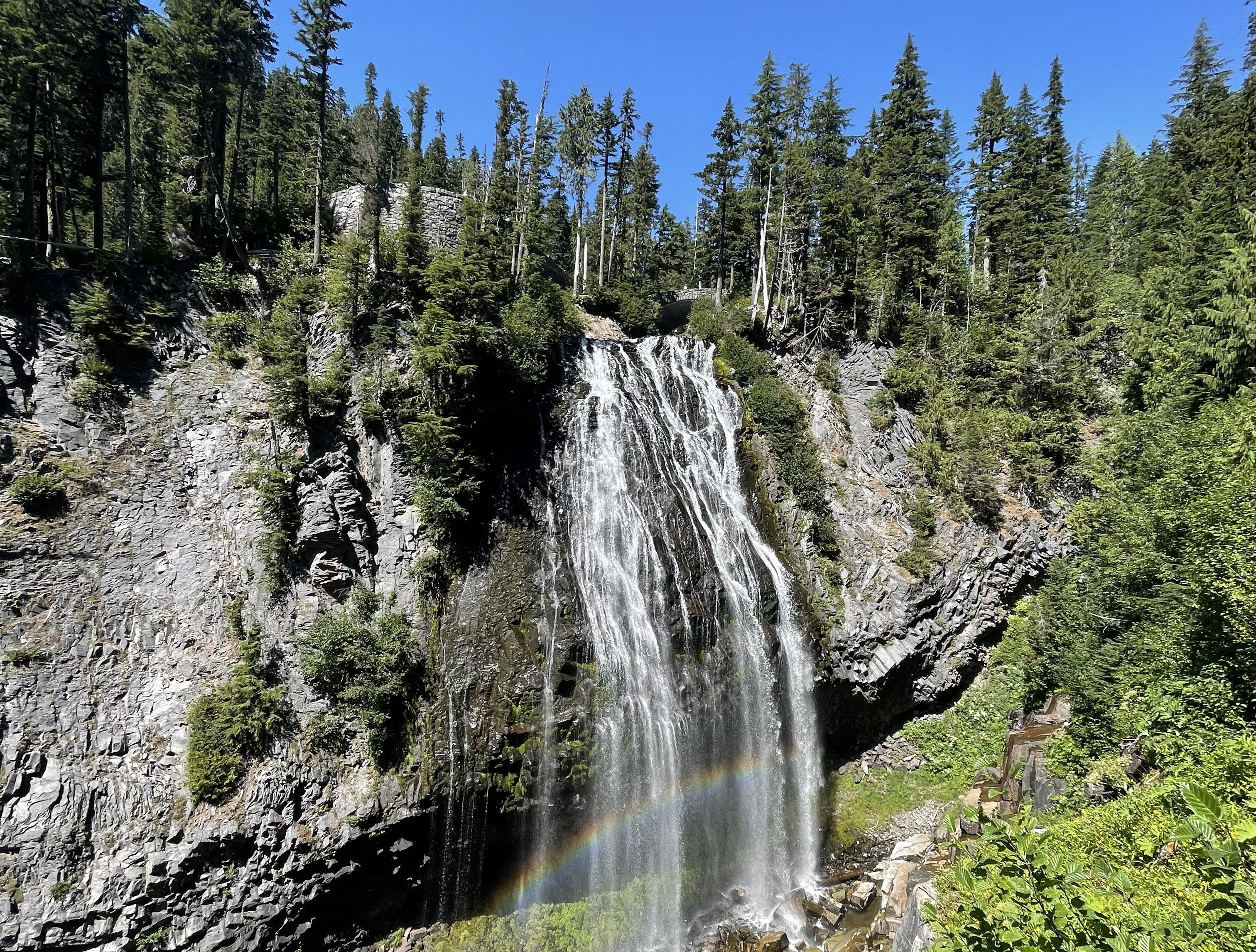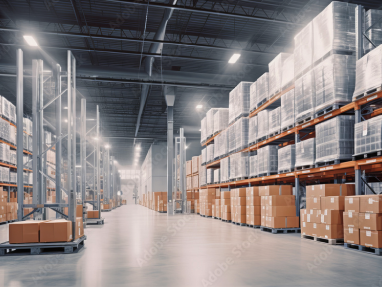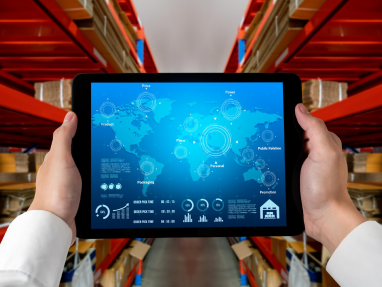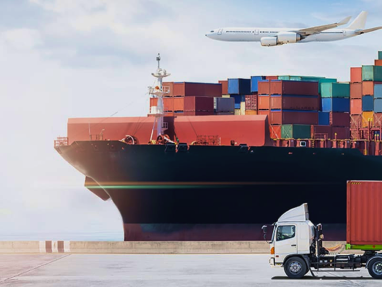"The US is a vast country, with the east and west coasts separated by approximately 4,000 to 5,000 km. Therefore, it takes a lot of time to transport goods from West Coast ports such as Los Angeles to inland cities such as Chicago.
In addition, the logistics environment surrounding the US has changed in recent years, and the time required for transportation (lead time) to reach customers is becoming longer. We would like to introduce Transload, one of the means of transportation that copes with these changes."
Logistics Environment Surrounding the US
"Over the past few years, container cargo congestion at US ports had worsened as customers built up inventories and cargo volumes increased due to labor shortages caused by the COVID-19 pandemic and stalled labor-management negotiations at US West Coast ports. Locally, many containers were stuck at ports because they could not be carried inland, and the extended time required for delivery was becoming a major issue.
The most common method of transporting containers within the U.S. is by transshipment from ship to rail at ports on the West and East coasts. However, during the COVID-19 pandemic, transshipment to rail at ports was delayed, and cargoes that would normally be transshipped in three days were held up at ports. This resulted in a waiting time at the port of a week at the earliest, and up to three months at the latest for transshipment to rail. This caused a number of problems, such as delays in production for many companies due to delays in the procurement of raw materials and the inability to run factory lines as planned.
Recently, the turmoil caused by labor-management negotiations in the West Coast has calmed down, and the volume of container imports in the US has been on the decline. However, new concerns have arisen, such as restrictions on passage through the Panama Canal due to drought and the US East and Gulf Coast labor-management negotiations that will expire at the end of October 2024, and the logistics environment surrounding the US is constantly changing."
About Suzuyo America's Emergency Transportation Services
To meet urgent transportation demands with longer lead times, Suzuyo offers the following emergency transportation services.
-
Transload Service for Marine Containers
Service in which containers accepted from ships at ports are transferred to trucks for delivery instead of trains -
UPS Preferred LCL
Service that integrates marine LCL transportation, UPS North American network and customs clearance, and delivers to the customer's factory faster than conventional LCL cargo ※LCL: a form of transportation in which multiple customers share space in a single container -
UPS World Wide Express Freight (WWEF)
Service that delivers customers' pallet-size urgent cargo to the factory -
UPS Express Critical
Service that provides emergency transportation by combining air, truck, and other transportation methods best suited to the customer's delivery schedule
※UPS: Suzuyo has partnered with UPS, one of the world's leading logistics companies, as a strategic partner and uses its network in the United States to provide emergency transportation services ②~④.
We will discuss in detail in the next chapter the transloading service in ①, which was in high demand when the port was congested in recent years.
What is Transload?
"Transloading refers to a form of transportation in which containers are transshipped by rail to inland areas of North America (Figure 1 below), whereas containers are transshipped by truck at ports, crossed the continent, and delivered directly to customers (Figure 2). The greatest advantage of this type of transportation is that lead time is greatly reduced. Even when the ports mentioned above are congested, the time required for transshipment and the lead time for transporting goods from the West Coast to major inland cities such as Chicago can be significantly reduced compared to using rail transport, as shown in the diagram below."
Examples of Transload Applications
This time, we will introduce a case study of a customer who actually used Transload.
Customer Profile
- Industry: manufacturing
- Products handled: automobile parts
- Logistics scale: 10~20 containers/month
Issue they had
- Delayed delivery due to port congestion
Under normal circumstances, it took three days for transshipment and nine days for transportation to deliver the cargo, but due to port congestion, transshipment delays ranged from one week to one month, and about three months during the busiest times."
Problem Solved by Transload
- Significant reduction in transportation time
As shown in the chart below, the time required for transshipment is about one day, and the lead time for transportation from the West Coast to Chicago and other major inland cities is three days, meaning we were able to further reduce the lead time compared to rail transportation, even taking into account the days required to arrange trucks at the port.
Summary
"The environment surrounding logistics in the US is constantly changing. Under these circumstances, there is a growing need for emergency transportation services that can anticipate cargo arrival schedules and avoid port congestion. In particular, recent years have seen frequent congestion at ports due to labor shortages and labor-management negotiations, making it difficult to deliver goods in a timely manner using normal rail transport. Using Suzuyo's Transload services will help shorten lead times and ensure on-time delivery, making it possible to respond to customers' urgent requests. As mentioned above, demand for urgent express transportation services is expected to increase in the future due to concerns about the risk of delays in ocean container transportation caused by issues such as the US East and Gulf ports labor negotiations and Panama Canal passage restrictions, which are set to expire at the end of October 2024. Please consider using Suzuyo's Transload services."

